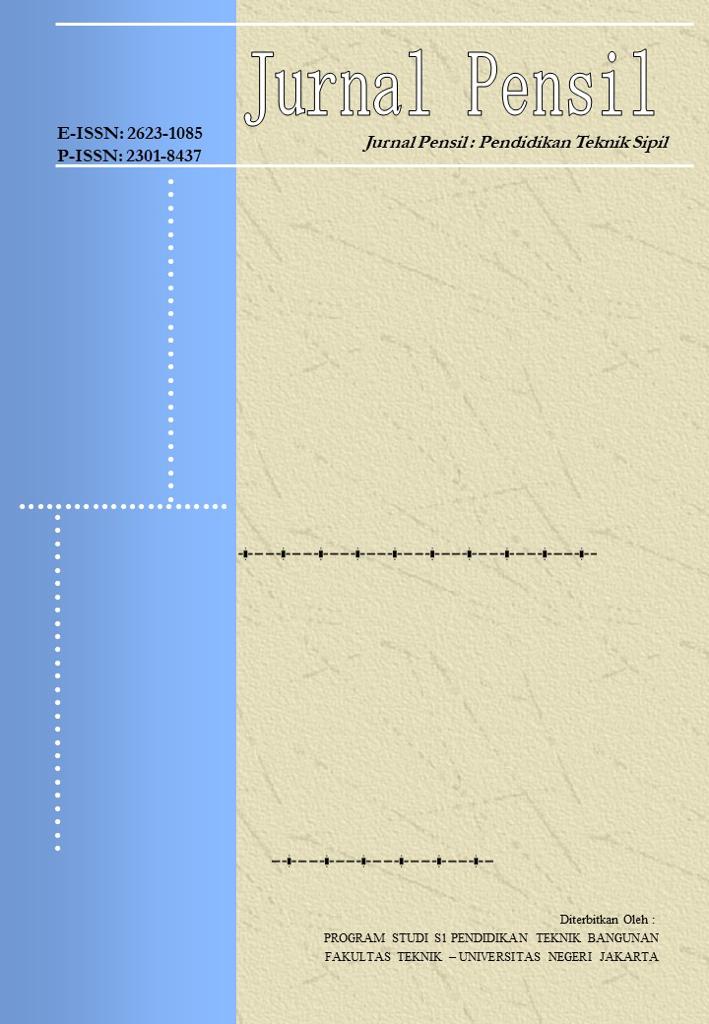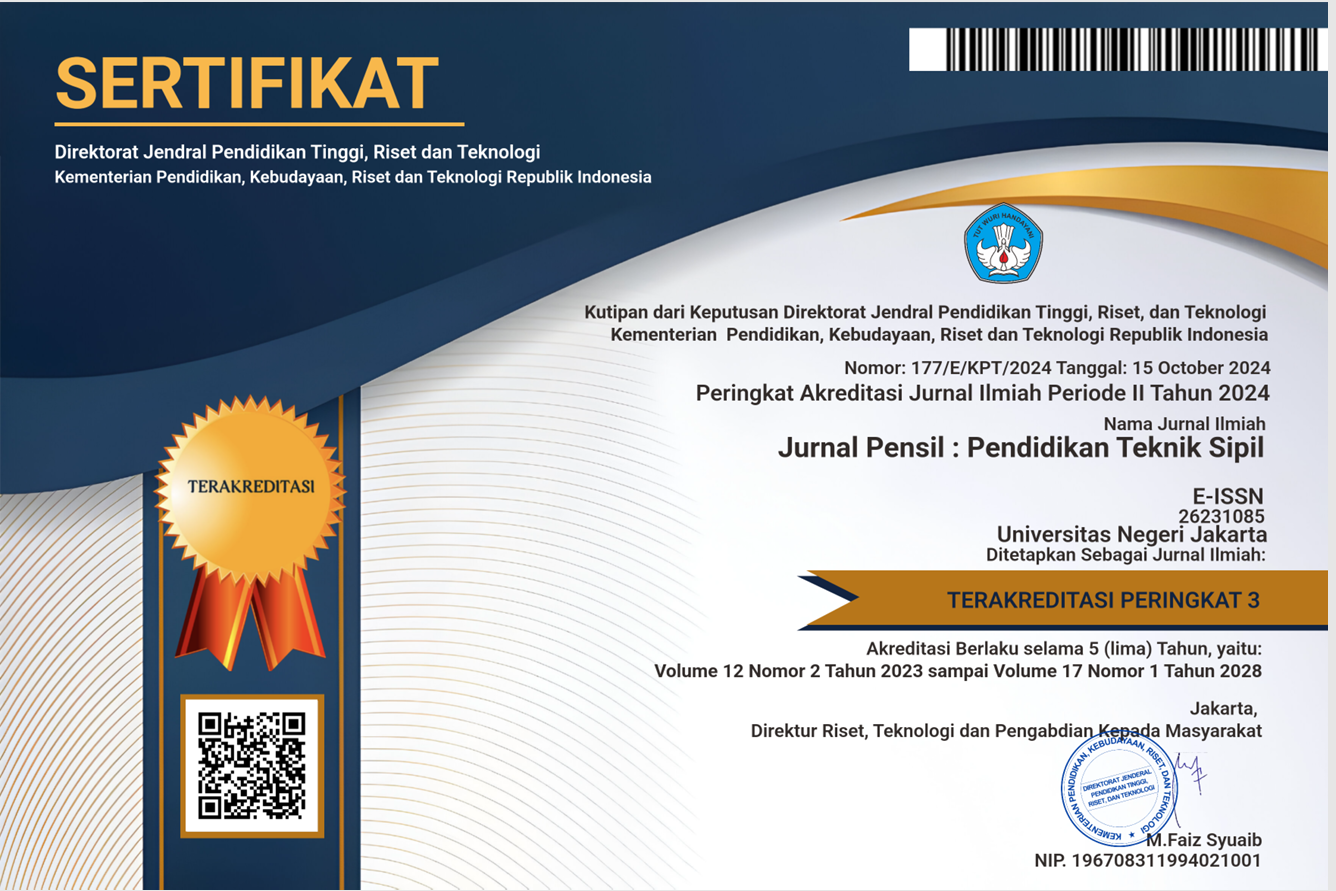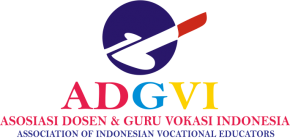THE EFFECTIVENESS OF THE REHABILITATION AND RECONSTRUCTION PROGRAM FOR POST-EARTHQUAKE COMMUNITY HOUSES IN NORTH LOMBOK REGENCY IN 2018
DOI:
https://doi.org/10.21009/jpensil.v12i3.35114Keywords:
Lombok Utara Regency, Rehabilitation, Reconstruction, Earthquake, EffectivenessAbstract
Data published by the Government of Nusa Tenggara Barat Province in 2021, the progress of earthquake-resistant house construction in Lombok Utara Regency until July 9th, 2022, has completed 41,750 heavily damaged houses, 1,029 moderately damaged houses and 298 lightly damaged. From the data, there are still 9,040 houses whose physical progress is still in the implementation stage. This research aims to determine the effectiveness of rehabilitating and reconstructing the community houses post-Lombok Earthquake in 2018. The research method used in this research is a descriptive quantitative method with a purposive sampling technique. The research variables were taken from Perka BNPB No. 11 Tahun 2008 and adjusted with existing research objectives. The variables were Program Readiness, Program Planning, Program Implementation, and Program Monitoring and Evaluation. The sample in this research was 100 respondents from the earthquake-affected Lombok 2018 community who received earthquake-resistant house assistance and facilitators who assisted in the housing construction. Data collection in this research was conducted in Lombok Utara Regency through questionnaires, observations, and interviews. The data analysis used in this research was using the Likert scale. The research results show that the Post Disaster Community House Rehabilitation and Reconstruction Program in Lombok Utara Regency 2018 has run quite effectively. The average analysis of effectiveness using the Likert scale yields 66.83% for program readiness, 71.60% for program planning, 71.4% for program implementation, and 69.53% for program monitoring and evaluation. The average effectiveness rate produced in this research was 69.84%.
References
Anas, M., Malahayati, N., & Nurisra. (2020). Pengaplikasian Manajemen Waktu Rekonstruksi Rumah Berbasis Masyarakat Pasca BencanaGempa di Kabupaten Pidie Jaya. 2(3), 246–252.
Berke, P. R., Kartez, J., & Wenger, D. (1993). Recovery After Disaster: Achieving Sustainable Development, Mitigation And Equity. 17(2).
BNPB. (2008). Perka BNPB No 11 Tahun 2008 Tentang Pedoman Rehabilitasi Dan Rekonstruksi Pasca Bencana.
https://doi.org/10.1177/2150135113516983
BNPB. (2017). Perka BNPB No 05 Tahun 2017 Tentang Penyusunan Rencana Rehabilitasi Dan Rekonstruksi Pascabencana.
Budiani, Ni Wayan. 2007. Efektivitas Program Penanggulangan Pengangguran Karang Taruna”Eka Taruna Bhakti”. Denpasar: Jurnal Ekonomi dan Sosial Input. Volume 2 No.1.
Dewan Perwakilan Rakyat Republik Indonesia, 2006, Naskah Akademik RUU Tentang Penanggulangan Bencana, Jakarta.
Dinas Perumahan Dan Permukiman Provinsi Ntb. (2019). Rekomendasi Rumah Tahan Gempa (Vol. 7, Issue 2).
Effendy, Onong Uchjan. 1989. Kamus Komunikasi. Bandung: PT. Mandar Maju.
Gedeian, Arthur G. 1991. Organization Theory and Design. University of Colorado at Denver.
Hidayati, D. (2008). Kesiapsiagaan Masyarakat: Paradigma Baru Pengelolaan Bencana Alam (Community Preparedness: New Paradigm in Natural Disaster Management). JKI, 3(1), 69–84.
https://Doi.Org/10.14203/Jki.V3i1.164
Hijah, S. N., & Komarudin, M. (2019). Rehabilitasi dan Rekonstruksi Pasca Gempa Lombok Provinsi Nusa Tenggara Barat Tahun 2018. Prosiding Seminar Nasional Teknik Sipil 2019 Fakultas Teknik Universitas Muhammadiyah Surakarta, 1–8.
Jailani, M. A., Ali, M., & Hasanah, S. (2020). Implementasi Rehab-Rekon Perumahan Pasca Gempa Bumi Di Nusa Tenggara Barat. Journal of Government and Politics (JGOP), 2(2), 127.
https://doi.org/10.31764/jgop.v2i2.2812
Kementrian Pekerjaan Umum Dan Perumahan. (2017). Modul Manajemen Penanggulangan Bencana Pelatihan Penanggulangan Bencana Banjir. Pusat Pendidikan Dan Pelatihan Sumber Daya Air Dan Kontruksi (P. 77).
Kreps, G. A., & Drabek, T. E. (1996). Disasters Are Non Routine Social Problems. International Journas of Mass Emergencies And Disasters, 14(2), 129–153.
Kurnia, M. L. (2017). Pelaksanaan Kebijakan Rehabilitasi dan Rekonstruksi Perumahan Pasca Gempa 30 September 2009 di Sumatera Barat. Pagaruyuang Law Journal, 1(1), 76–91.
http://Joernal.Umsb.Ac.Id/Index.Php/Pagaruyuang/Index
Legono, Raharjo, dan Jayadi. 2002. Pengembangan Model SPK (Sistem Pengambilan Keputusan) pada Pengelolaan Bencana Alam. Simposium Nasional Pencegahan Bencana Sedimen. Yogyakarta.
Lestari, D. (2021). Implementasi Kebijakan Program Rehabilitasi Dan Rekonstruksi Pasca Bencana Gempa Bumi Kabupaten Lombok Utara Tahun 2020. 2021.
Mitchell, J. K. (2006). The Primacy of Partnership: Scoping a New National Disaster Recovery Policy. The Annals of The American Academy of Political and Social Science, 604(1), 228–255.
https://Doi.Org/10.1177/0002716205286044











.png)
.png)
1.png)

